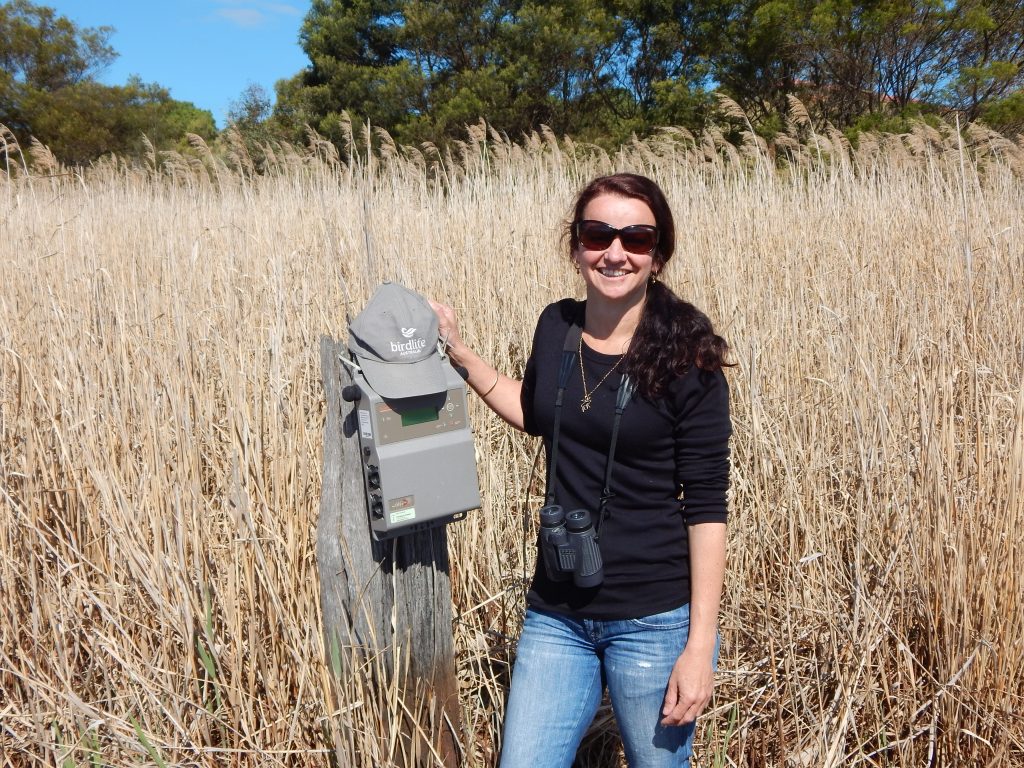
As a ground nesting and feeding bird there are enough dangers in life already without the threat of a fox eating your eggs, your babies or even you. To have survived pressures such as habitat loss and native predators only to have a newly hatched baby bird run down by a fox is a pressure adult birds can do without.
Over 80 waterbird species call the Gippsland Lakes home as well as migratory birds that travel thousands of kilometres every year to feed and rest. These birds depend on the health and safety of the Gippsland Lakes for their existence. This is why the Gippsland Lakes are RAMSAR listed and part of an international agreement to look after worldwide migrating waterbirds.
Foxes are just one of the many potential threats to birds that live in the Gippsland Lakes but it is one threat that is being targeted.
Working together and sharing skills GunaiKurnai Land and Waters Aboriginal Corporation (GLaWAC), Parks Victoria, landowners and Trust for Nature are conducting several fox baiting programs in areas around the Gippsland Lakes. The aims are to reduce the fox numbers which will give the waterbirds a chance to survive, breed and increase their populations.
Birdlife Australia together with the regional group of volunteers from Birdlife East Gippsland is also involved with their project being one of eleven that received funding in the Gippsland Lakes Community Grants 2017. They are working on a fox index which will measure the presence of foxes in waterbird breeding sites and their impact on these ground nesting birds. The index will assist managers to measure the success of the baiting program.
Graeme Dear, CEO of the East Gippsland Catchment Management Authority (EGCMA) said “The Gippsland Lakes funding is a priority listed in the Water Plan for Victoria and targeting foxes is an example of agencies and community groups sharing skills and knowledge and working together.”
Deb Sullivan from Birdlife Australia has seen many foxes when out doing field work during the day and is alarmed at how bold they are. “I was putting out song meters used to record Australasian Bittern and a fox swam out from the other side of the wetland, across the river, walked up to the song meter about 50 metres away, had a sniff then decided to swim back across the river into the wetland. I couldn’t believe it, as bold as brass!”
The ground feeding and nesting birds are fair game for the foxes. Deb also said “species such as the small terns, pied oyster catchers and hooded plover’s babies run from the moment they hatch; they don’t sit in the nest and wait to be fed by the parents they are completely mobile, but they can’t fly. They are still perfect prey for the fox even though they are fast they wouldn’t outrun a fox. We are trying to reduce those fox numbers to give the birds a better chance.”


